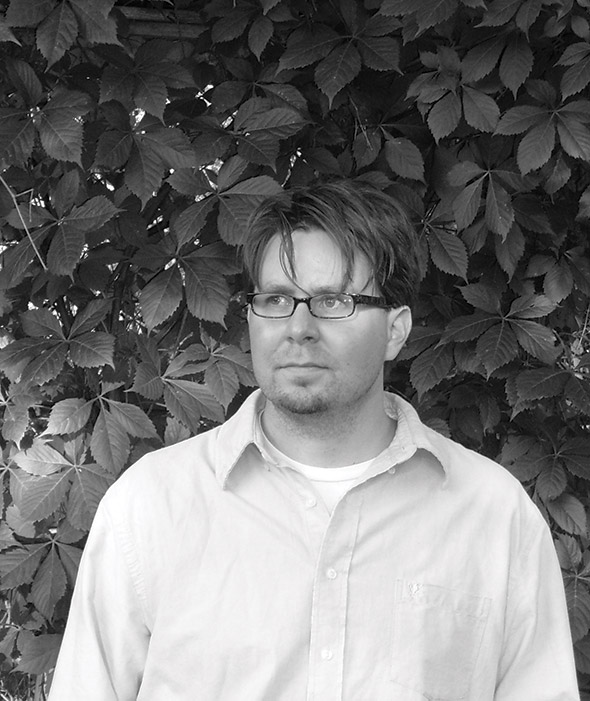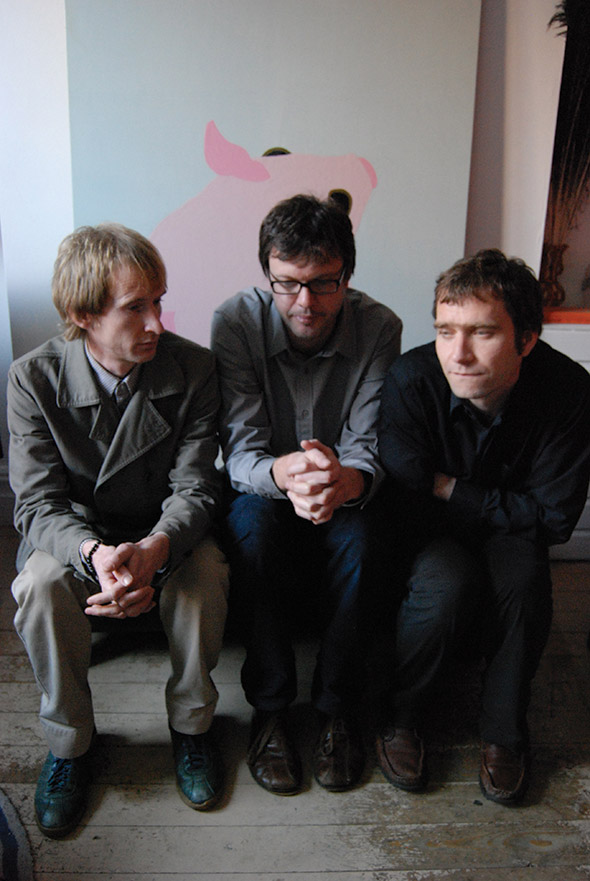Text by Markus von Pfeiffer
If we were each to stop and consider for a moment, or perhaps an hour, each of us who consider ourselves fans of cinema would be able to finger one scene, one moment in the multitudes, which resonates persistent above all. For me, it is the opening sequence to Ridley Scotts’ Blade Runner (1982). As the fulminated, smog-choked skyline of Los Angles in the year 2019 is reflected in a macro shot of Harrison Ford’s iris, the whirling strain of composer Vangelis’ main theme suggests the persistent spirit of humanity. The collision gives us the main premise of life on the big blue marble: We are our worst enemy. Man is cursed with both perseverance and lack of foresight. SOMA asked a cross-section of contemporary artists to set down their own number one.
“Meticulous Self-Maintenance”
American Psycho, 2000

Photography by Jacob Sutton
Our favorite moment from film is the opening scene of Mary Harron’s American Psycho. The main character, Patrick Bateman, describes his daily routine with astonishing intensity and narcissism, delving into the specific details of his facial cleansers and moisturizers. He stresses the impressiveness of his ability to do 1000 sit-ups in his morning exercise regime. The beginning scene captures an overwhelming sense of vanity and vulgarity, and early ’90s excess that is present throughout the film. We love Patrick Bateman’s sense of order and discipline, and we feel it translates in a bizarrely perverse and comical way. Our Spring collection took this order and discipline as a key inspiration, as it is about a clean, put-together look, with razor sharp silhouettes and unabashed sexiness.
Cushnie et Ochs is the pairing of Carly Cushnie and Michelle Ochs, fashion graduates of the 2007 class of Parsons New School of Design, and award winners of the 2007 Parsons Designer of the Year award, as well as the Fall 2009 Ecco Domani Fashion Award.
“Pastoral Nightmare”
Come and See, 1985

Photography by Rosie Haldon
The scene I want to write about belongs to a Russian film called Come and See by Elim Klimov. It’s set in 1943 Belarus and deals with the brutal rites of passage undergone by its central character, Florya, during his fight against the Nazis. Florya sets out to join the Partisans in the forest and the film tracks his experiences and his tortured loss of innocence. Filled with almost psychedelic, disorientating images and sounds, the film transmits something of war that I don’t think any other does. The scene in question is one that people who have seen it often recall. Florya is alone, isolated deep in the forest, with the young female character Glasha. An innocent beauty that belongs to nature, youth and perhaps love resonates. This feeling is ripped apart by dramatic explosions and disorder. “Nothing new there,” you might think, but then the audio turns into a shrill disconcerting whistle which is underpinned by what sounds like Faust torturing bits of metal. The reverberating sound inside Florya’s head is so well portrayed that anyone that has suffered a sufficient smash on the head can’t help be entranced. This is but the stepping-off point for a very disturbing trip through hell.
UK-based musician Timothy Felton (ex Broadcast) writes, sings and plays guitar in Seeland. Otherwise he is sleeping or trying to fix broken amplifiers. The band’s debut LP drops in March.
“The Hammer Fight Scene”
Oldboy, 2003

Photography by Pia Grant
Of the many breathtaking moments in Chan-Wook Park’s genre-defying masterpiece, none is more artfully executed than the hammer fight scene. In it, Dae-Su Oh, a middle-aged man, battles his way down a hall of twenty some goons, wielding a claw-tooth hammer as a survival tool. Delivered in one continuous shot, this four-minute pain opera never feels choreographed. The fighting is clumsy, chaotic, laborious—with zero martial arts heroes. Men wade in with wooden planks, pipes, fists, knife and hammer, but there are no wooshes. Violence is neither sensationalized nor sanitized. Dae-Su Oh has a knife jutting from his back, bleeds, gets winded, is overtaken and counted out (big mistake). The action—as chop-sockey-less as a Wyoming bar brawl—ebbs, flows, ends, then cranks up again as final stragglers brave one more go at our Oldboy. The panoramic whole astonishes. The score, a pulsing lament, allows every smack of flesh, wheeze of breath, and crack of bone to register. Watching Dae-Su Oh rumble one step closer to understanding the Shakespearean tragedy of his life, our eyeballs feast as our bodies sag. We understand just how goddamn tiring it would be to fight a small army of thugs—with or without a hammer.
Christopher Ransom is an internationally published author. His first novel, The Birthing House, is available from Little, Brown in the U.K., and St. Martin’s Press in the U.S.

